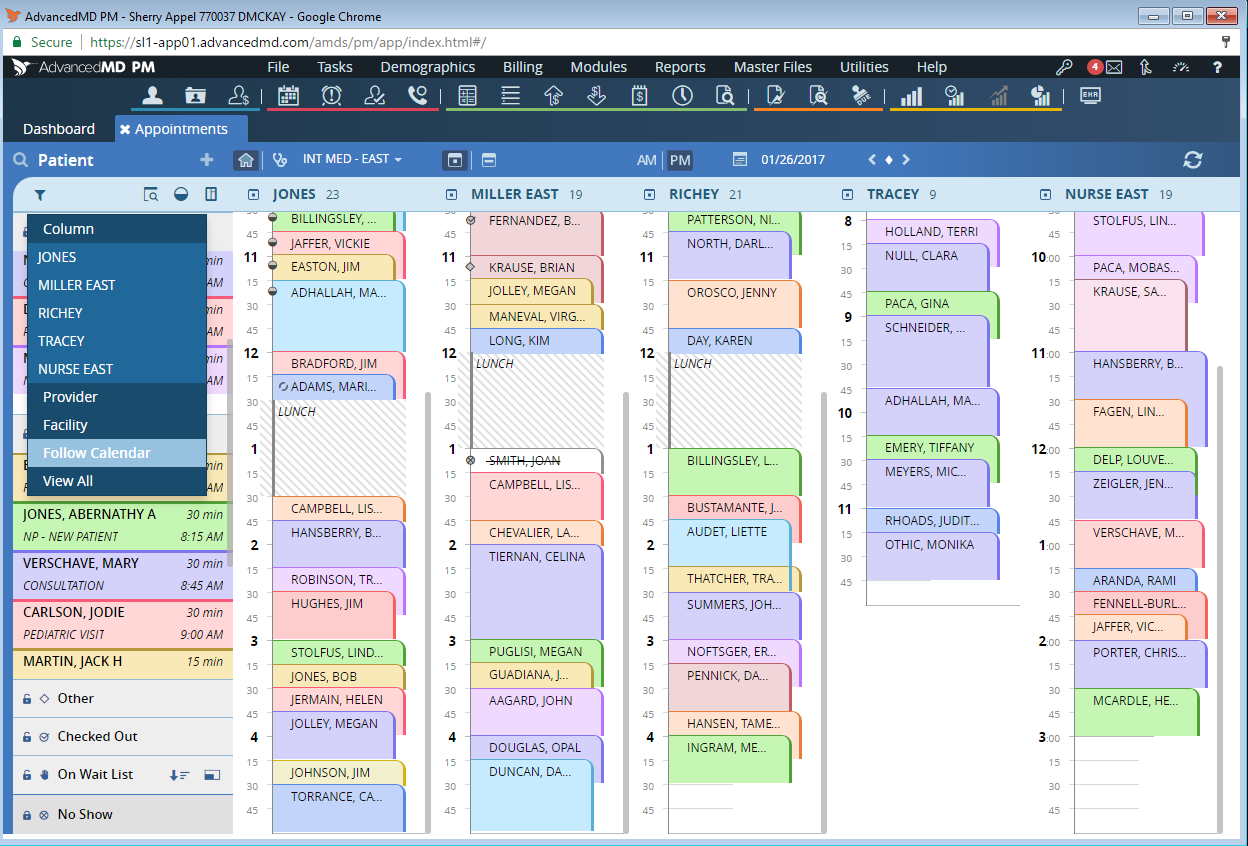The Future is Present: Implementing Practice Management Software At This Moment
In today's rapidly developing medical sector, the incorporation of technology within healthcare practices has turned into beyond a passing trend; it's a necessity. Software for practice management is changing the way healthcare providers operate, streamlining everything from patient scheduling and record keeping and billing. As we progress deeper into the era of digital technology, such software emerges as a key instrument for enhancing efficiency, better patient care, and in the end, redesign the landscape of medical practice.

As the healthcare demands continue to grow, medical practices must adapt to uphold elevated standards of care while handling growing administrative burdens. Embracing practice management software is no longer just an option; it's a decisive action towards a more organized and responsive system. The capabilities offered by contemporary solutions offer a array of opportunities for healthcare providers to refine their processes and concentrate on what truly matters: delivering superior patient outcomes.
Benefits of Medical Management Systems
Clinical administrative software enhances administration tasks, allowing medical providers to focus greater to patient care. By digitizing scheduling, invoicing, and documentation, offices can minimize the hours used on paperwork. This efficiency not only reduces operational demands but also enhances overall productivity, enabling staff to allocate greater time to client engagements and enhancing the quality of care.
A further notable benefit of medical administrative software is its ability to improve client engagement. Functions like patient interfaces and scheduled reminders improve communication between healthcare professionals and patients. Clients can easily access their medical records, book visits, and get alerts about upcoming visits. This enhanced interaction fosters a deeper relationship between clients and medical providers, yielding superior health outcomes.
Furthermore, practice administrative systems offers critical data analysis that can drive intelligent decision-making. Through analyzing patterns in client profiles, appointment trends, and billing, clinics can identify areas for growth and optimize their operations. This analytics-based approach helps clinics stay competitive and attentive to the shifting needs of their clients, ultimately promoting growth and success in a quickly transforming healthcare landscape.
Key Features to Evaluate
When evaluating PM software, one of the most important features to consider is its scheduling capabilities. A strong scheduling solution not just optimizes appointment booking while also helps reduce missed appointments and no-shows. Search for software that includes user-friendly scheduling views, automated reminders for patients, and easy options for rescheduling. Such features ensure that both staff and patients can efficiently manage their time, leading to improved patient flow and happiness.
A further important aspect to focus on is the linking of electronic health records (EHR). Smooth integration allows for quick access to patient data, which is vital for delivering high-quality care. The right practice management software should enable immediate access to patient histories, treatment protocols, and financial information, all centralized. This integration encourages effective teamwork and minimizes errors that can occur due to managing various platforms.
Lastly, evaluate the reporting features and analytics of the software. Sophisticated reporting features enable practices to examine performance metrics, patient data, and billing data. Such insights are important for making informed decisions regarding improvement of operations and long-term planning. A practice management software with powerful analytics helps healthcare providers to improve their offerings, identify trends, and ultimately enhance overall patient care.
Strategies for Implementation for Success
Properly utilizing patient management software requires careful preparation and participation from all team members. Start by analyzing the specific needs of your business and include stakeholders in the choice process. Ensuring that the software aligns with your practice’s objectives will assist promote commitment from staff and provide a clearer path to deployment. Conducting training sessions for employees can also accelerate the adoption rate and boost overall productivity.
An additional critical aspect of the process is data migration. This task must be executed with precision to prevent disturbances in daily operations. Confirm that all essential data is sorted and validated before transferring it to the new system. Testing the software with a select group of users can assist spot possible issues before a full-scale rollout, allowing you to address any problems while reducing the impact on the quality of patient care.
Finally, ongoing support and feedback are crucial for optimizing the benefits of practice management software. Establish regular check-ins with your team to talk about any challenges they are facing and collect their thoughts on the software's features. This constant development approach will not only increase user contentment but also lead to superior patient outcomes as your practice becomes more efficient and optimized.